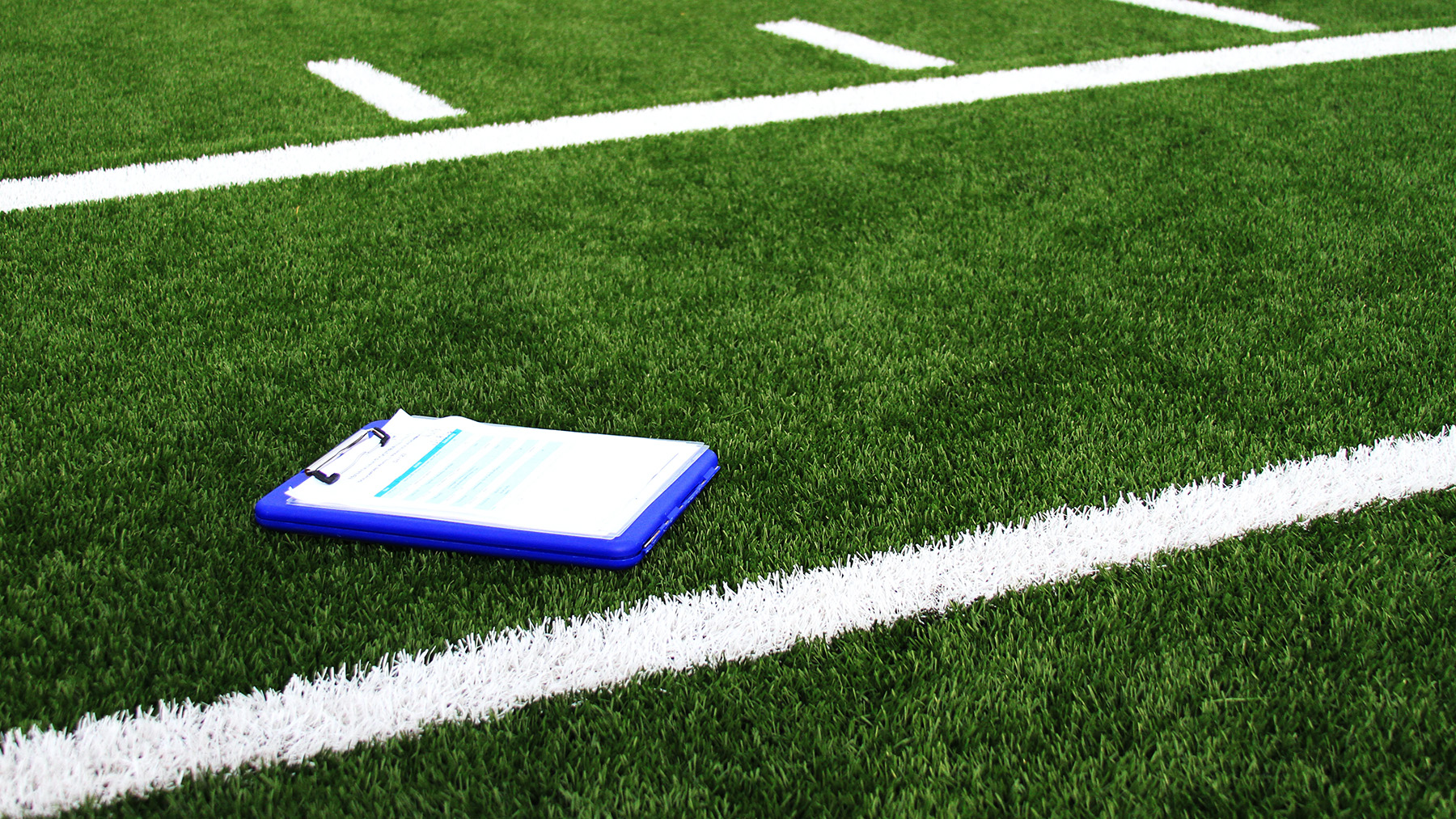
Automated sports field maintenance revolutionizes management through automation and data-driven insights, enhancing efficiency. These systems, like automated irrigation, fine-tune water usage using real-time data for optimal field moisture and conservation. Moreover, robotic systems for sports field line marking, mowing and turf maintenance are gaining popularity. They operate precisely, maintaining the grass at the ideal height and reducing the necessity for human involvement. Let’s examine the numerous features of automated sports field maintenance systems.
Effective Field Evaluation
Efficient field assessment is crucial for maintaining the quality of sports fields. Here, AI and computer vision technologies have revolutionized field management by automating the inspection process. These systems utilize cameras and sensors to monitor field conditions, detect issues like turf diseases and assess grass health. This data is then analyzed in real-time, allowing for swift decision-making and targeted maintenance.
AI-driven field assessment systems offer numerous advantages, such as early disease detection, which can prevent widespread turf damage. Moreover, computer vision can accurately evaluate the wear and tear on different parts of the field, helping groundskeepers make data-driven decisions about maintenance priorities.
Soil Health and Nutrient Optimization
Automating soil health and nutrient optimization is a critical aspect of sports field maintenance. Maintaining soil health is essential for a lush and resilient playing surface. Automated systems can analyze soil conditions, assess nutrient levels, and distribute fertilizers precisely where needed. This precision ensures that sports fields receive the right nutrients in the right quantities, promoting healthy turf growth.
Considerately, by automating fertilization and soil management, sports field managers can reduce the risk of over-fertilization or under-fertilization, which can lead to turf problems. Additionally, these systems offer long-term cost savings by optimizing fertilizers and reducing the need for manual intervention. The result is a consistently vibrant and durable playing surface that meets the demands of athletes and spectators alike.
Weather-driven Field Management
Moreover, automated weather-driven field management systems have proven invaluable in responding to changing weather conditions. These systems incorporate real-time weather data and forecasts to adjust maintenance activities accordingly. For instance, if rain is predicted, an automated system can delay irrigation to prevent overwatering. Conversely, during hot and dry spells, the system can increase irrigation to maintain optimal field conditions.
Such automation not only conserves resources but also helps preserve the integrity of sports fields. Fields that are properly managed based on weather conditions are less prone to damage and wear, reducing the need for costly repairs. These automated systems have become a game-changer for sports field management, ensuring that fields are prepared for any weather challenges.
Enhanced Drainage Solutions
Lastly, effective drainage is paramount for sports fields to maintain optimal playing conditions, especially during inclement weather. Automated drainage solutions are engineered to ensure that fields remain dry and playable, even in heavy rainfall. These systems can detect excessive moisture levels and automatically activate drainage pumps and systems to redirect water away from the field.
Automated drainage solutions not only enhance the safety of sports fields but also extend their usability. Fields with efficient drainage systems are less likely to suffer damage from waterlogging, and they can quickly recover after rain, reducing downtime. Automating these systems minimizes the need for constant monitoring and intervention. This allows field managers to focus on other aspects of maintenance and ensuring that athletes can enjoy consistent and reliable playing surfaces.
Comments